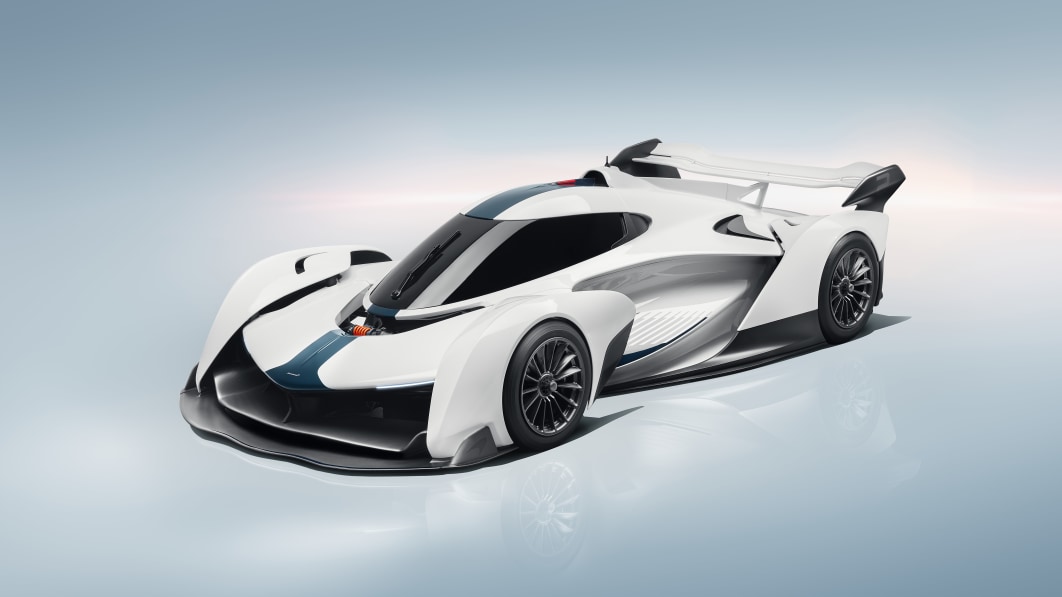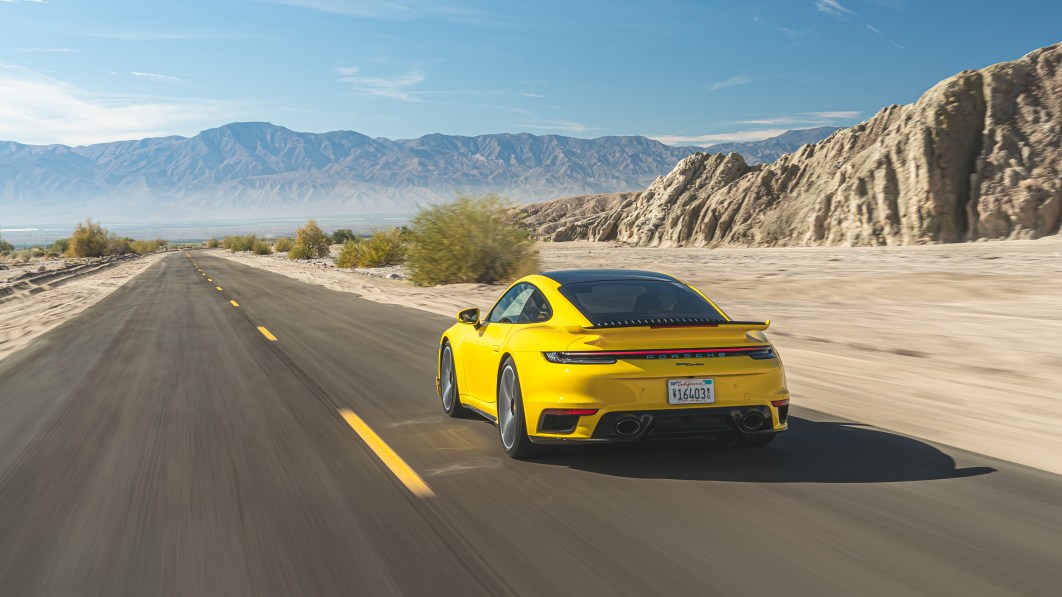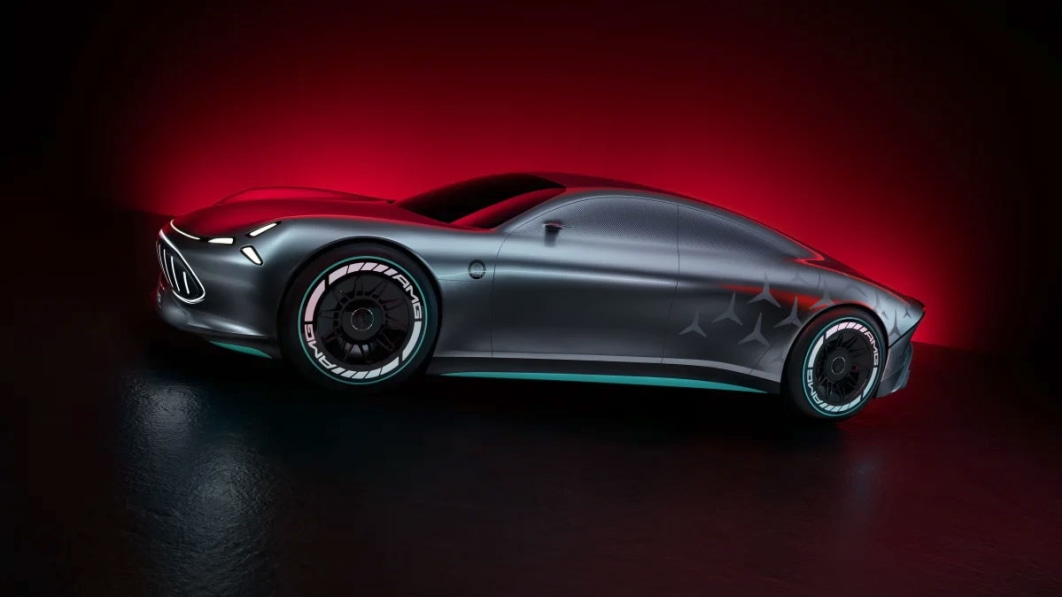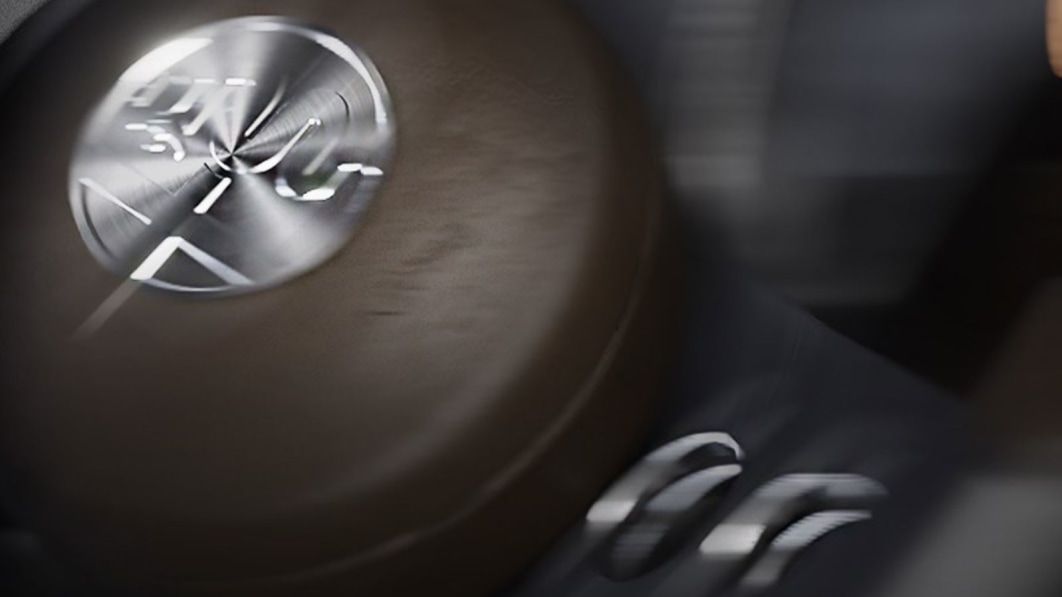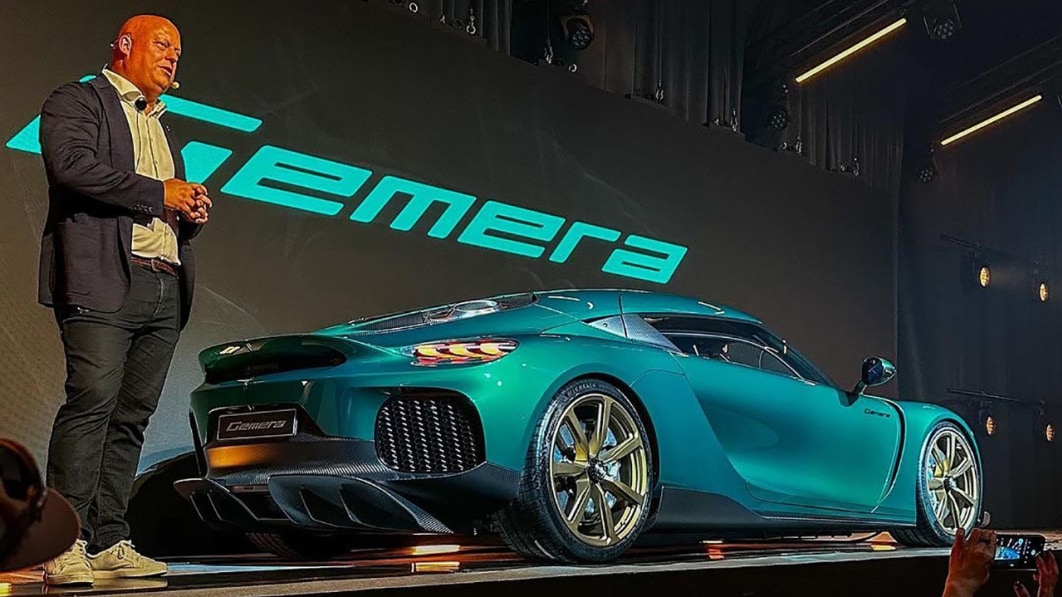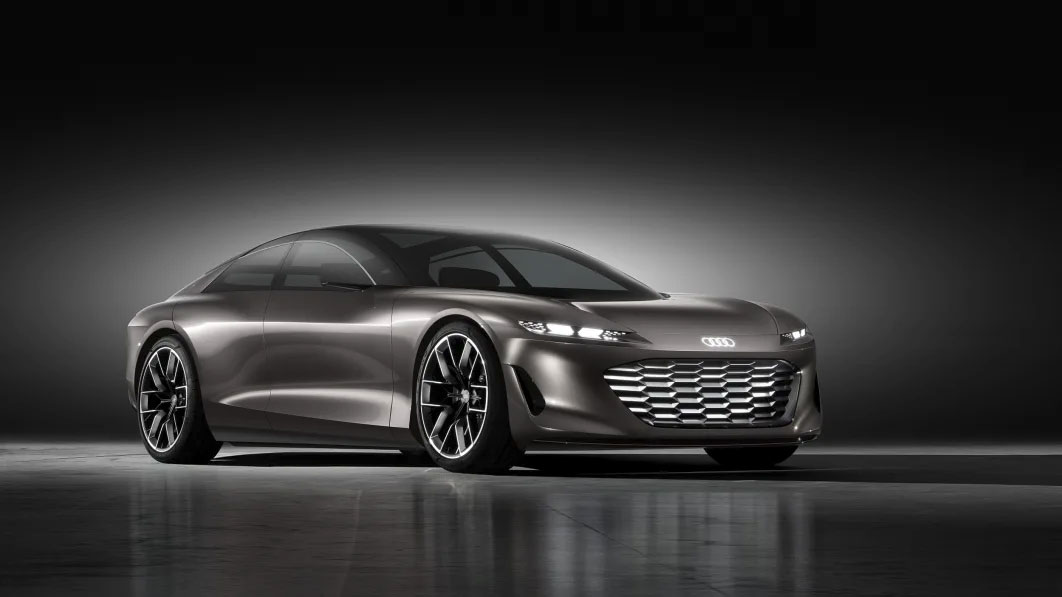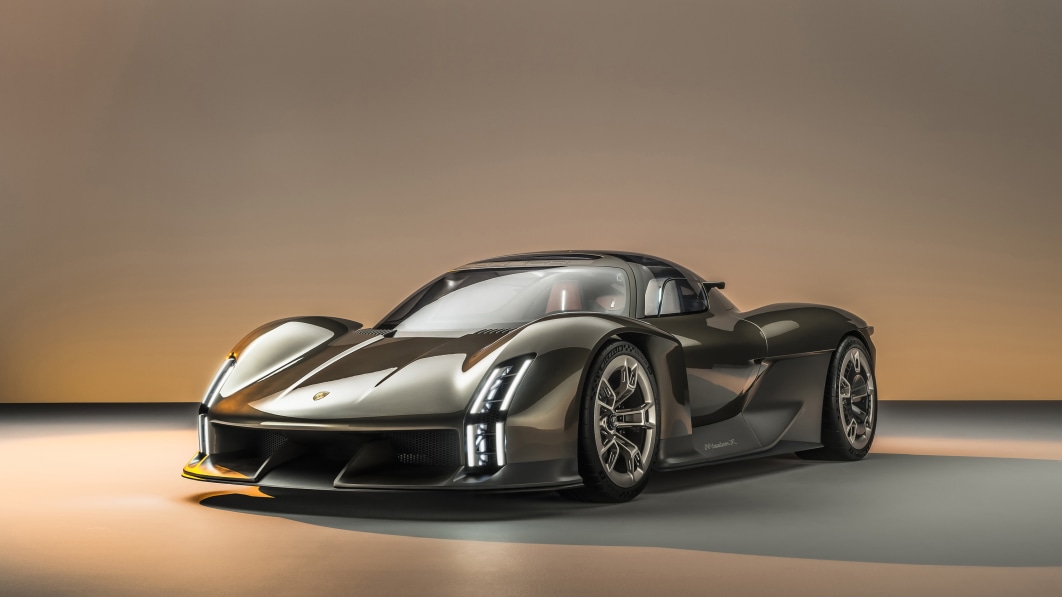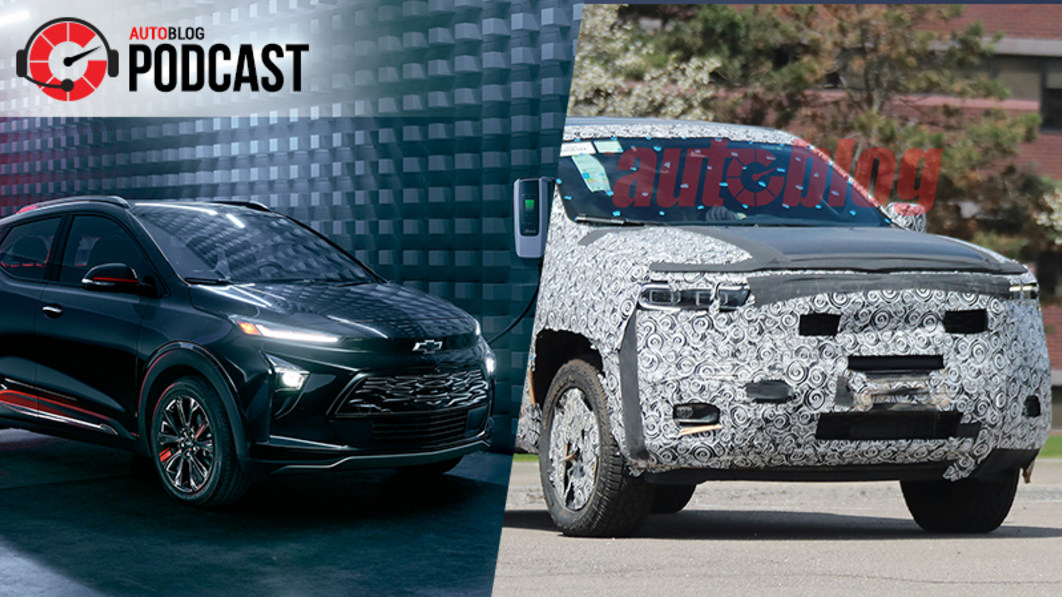McLaren will be show the next installment in its Ultimate Series later this year — the range that claims the Senna, Senna GTR, Speedtail, and Elva at the moment. But really, we’re talking about a successor to the cars with a 1 in their names, as in F1 and P1. An Automotive News story says the latest superstar from Woking, England, is expected to cost about $2 million when it arrives in 2026.
It will be sold out long before then, however, if it isn’t already, because McLaren’s only making 400 of them. On top of that, the selection process has gotten more exclusive, McLaren saying those who bought the $2.5M Solus GT track car (pictured) will be offered the first chance to buy the Ultimate Series car. The Solus GT was originally a Vision Gran Turismo fiction that the English firm made 25 real-life examples of, each powered by a 5.2-liter V10 making 829 horsepower and 479 pound-feet of torque.
Dealers emerging from company meetings in Las Vegas told AN that McLaren showed a rendering of a new car codenamed P18 that combines the more graceful lines of the P1 with “the technical aspects of the Senna.” The car won’t feature the company’s hallmark butterfly doors, either, but is fitted with gullwing doors instead. The police sketch description mentions a new eye-socket headlight design, “floating fenders,” intakes in the hood plus a snorkel in the C-pillar and more intakes at the rear buttresses, and active aero around the hem that includes a front splitter, the rockers, and a deployable wing with a “jewel-like” extension mechanism.
The P18’s powered by an all-new V8 hybrid powertrain unrelated to any other current McLaren product. The internal combustion engine is said to be developed with Riccardo, the hybrid system is said to be 70% lighter than the hybrid unit in the Artura GT. The battery is a “high-density, lightweight” unit derived from the pack in McLaren’s F1 race car. And it sounds like steering precision will be just as fine as ever, McLaren sticking to hydraulic steering to go with a new hydraulic suspension.
As for a market name, CarBuzz clocked four trademark applications McLaren filed in the UK: W1, MP1, U1, and H1. Any of these could make the grade, or none of them might. And with the reveal not planned until Q4 this year, it’s possible more filings are inbound.
In a separate interview about McLaren’s remade design language, new chief design officer Tobias Sühlmann told Car magazine, “There will be a bigger portfolio, possibly, and we need to look into different power technologies. Is there more than two seats? Yeah, possibly. And we need to develop a form language that separates each model from each other – that is quite important.”
Based on persistent rumors, it’s possible that by the time the new Ultimate Series car arrives in early 2026, we’ll know more about a new McLaren or two that forms the basis of the bigger portfolio of models with more than two doors and two seats.

